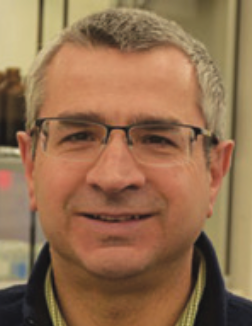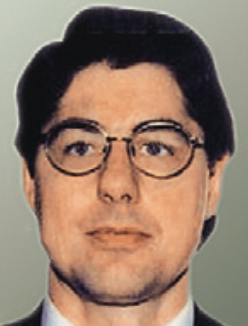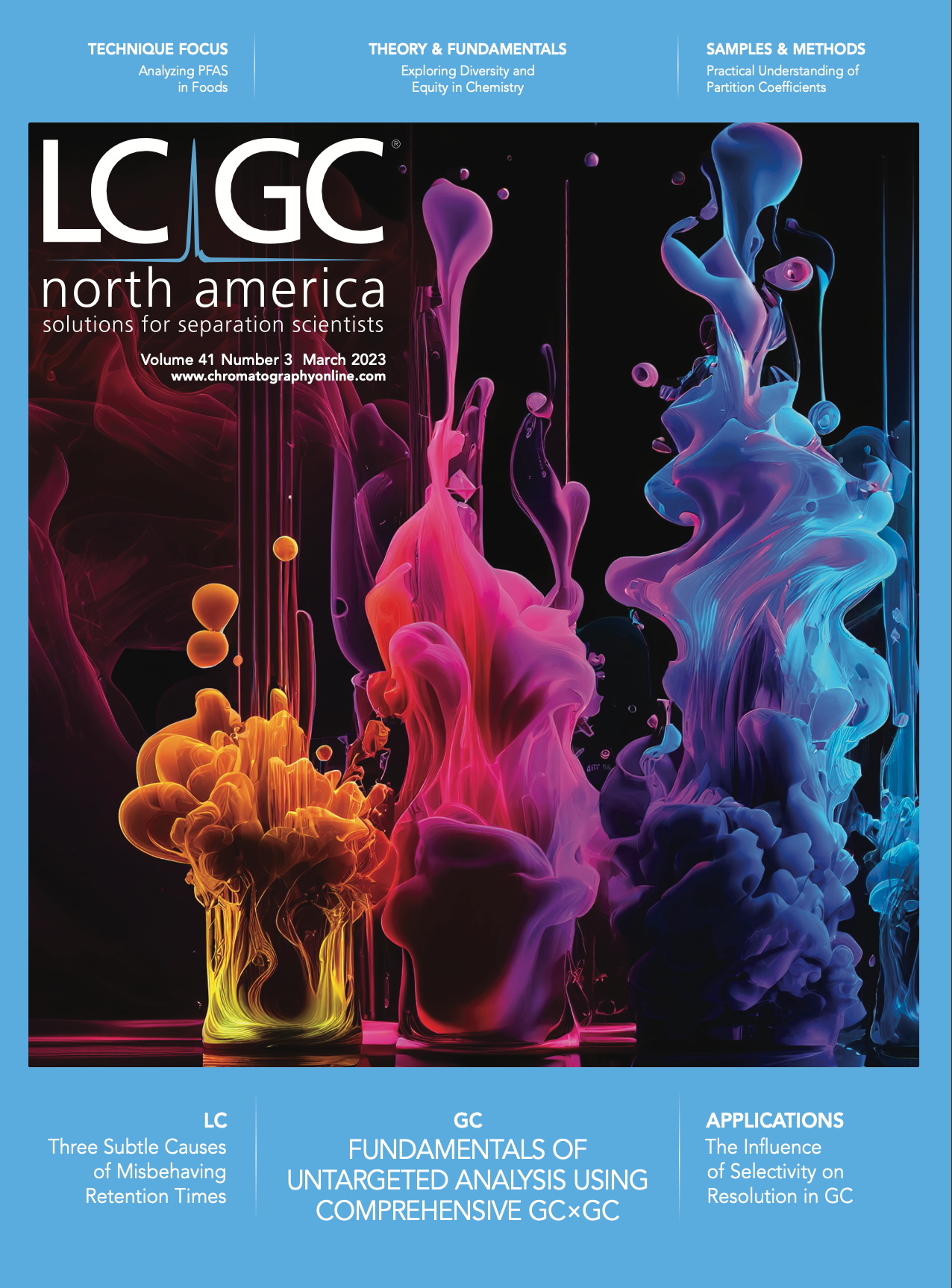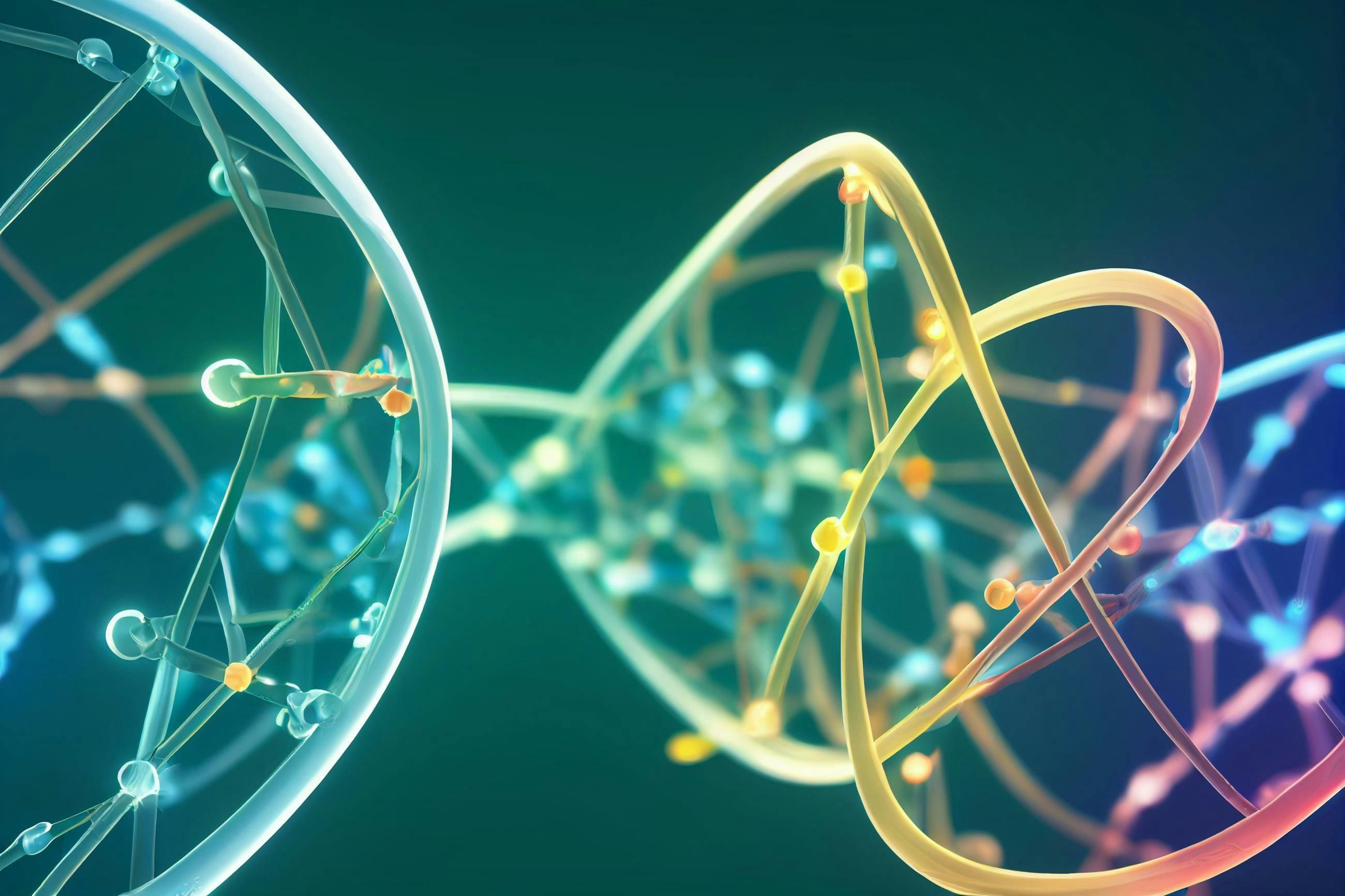Analyzing Per- and Polyfluoroalkyl Substances (PFAS) in Foods
Environmental contaminants can affect human and animal health and are thus an issue of concern. Anthony Provatas is a Research Professor and the Organics Laboratory Manager at the University of Connecticut in the Center for Environmental Sciences and Engineering (CESE) of the Institute of the Environment; he is also Program Chair and Board Member of the Eastern Analytical Symposium (EAS). His research has been focused on the effects of contaminants on human health. We recently spoke to him about his work using ultrahigh-pressure liquid chromatography–tandem mass spectrometry (UHPLC–MS/MS), and UHPLC–quadrupole–time-of-flight mass spectrometry (UHPLC– QTOF-MS) to analyze the presence of per- and polyfluoroalkyl substances (PFAS) in the environment, particularly in foods.
Over your research career, you have studied contaminants in the environment. Would you tell our readers what are some of your published papers that would be of most interest related to those with environmental concerns?
Human health and contaminants in the environment have been my main focus throughout my research career. At CESE, analytical laboratories, I have collaborated with UConn faculty members, graduate students, and other scientists (federal and private). The development of new methods for the analysis of persistent organic pollutants (per- and polyfluoroalkyl substances [PFAS], polychlorinated biphenyls [PCBs], pesticides, polycyclic aromatic hydrocarbons [PAHs], and their metabolites) and bioactive compounds (environmental estrogens, cyanotoxins and their analogs) in challenging matrices has resulted in methodology papers published in various journals. My best examples are given in references 1 through 3.
You have carried out research for analyzing PFAS in food containers from local sources. What is important for most consumers to know about both the prevalence and precautions of PFAS in food containers?
PFAS are compounds that contain carbon-fluorine chains and are known as “forever chemicals” because they are persistent in the environment, and there are over 10,000 of these compounds listed by the U.S. Environmental Protection Agency (U.S. EPA). PFAS are highly toxic at low concentrations, causing pregnancy complications, cancer, and adverse neurological, thyroid, and immune system effects. Additionally, the various routes of human exposure are still under investigation. Food containers are widely used, and if PFAS are detected in these containers, it should be alarming as we all have been using them in our everyday activities.
What has prompted you to work in the field of PFAS detection in the environment?
What has prompted me? As I mentioned, my research focus on human health and contaminants in the environment. Additionally, PFAS analysis is very challenging, as one must not only have an analytical targeted approach, but also an untargeted approach for the identification and quantification of these contaminants. Furthermore, PFAS are widely spread contaminants and are used in various applications which can cause sample contamination. One of my students once mentioned in his presentation that PFAS are the PCBs of the 21st century. This, unfortunately, may be a fact that we may have to address as we are continuing to understand and explore these contaminants.
What are your greatest analytical challenges for accurate and precise analysis of PFAS materials in environmental samples?
PFAS analysis may be presented as a constant moving target! As the list of targeted PFAS continues to grow (EPA 537, EPA 537.1, and EPA 533), untargeted methodologies requiring lower detection limits in various matrices (drinking water, tissue, food and food containers, leachate from land fields, and so forth) are becoming necessary. Unknown PFAS identification can be very challenging. PFAS compound libraries included in instrument software, retention times, isotope patterns, and precursor mass error (high resolution MS required) may help identify unknown PFAS.
From your research, what has most surprised you about the prevalence of PFAS in foods?
Perfluorooctane sulfonate (PFOS) and perfluorooctanoic acid (PFOA) are considered the most commonly detected PFAS. This statement can be now challenged as other PFAS have been detected, mostly short-chain PFAS. PFAS with complex alkyl head groups and other groups are added by manufacturers and also have been detected.
What would you say is the greatest source of exposure to PFAS compounds for the average consumer?
This is hard to say. PFAS may be present, but not leaching into food until certain conditions are met related to type of food (liquid, solid), heat introduction, and so forth. I think that PFAS should not be present in any food container and other alternatives should be explored.
For you, what are the most important questions to answer or an important problem to solve related to PFAS?
For me, asking if PFAS are present and at what concentrations are critical questions. Additionally, the current regulatory limits in parts-per-trillion (ppt), require the most sensitive methods in parts-per-quadrillion (ppq). Developing a PFAS method to test drinking water and possibly other matrices in such low levels will be an important challenge to overcome in my laboratory.
Why is the particular technique you are using a good one for the analysis of PFAS compounds?
As I mentioned, we have developed and continue to develop PFAS methods for various matrices because some “off the shelf” methods are not applicable. This challenge becomes an opportunity for interesting research resulting in publications. Our validated methodologies include various sample purification techniques (solid-phase extraction [SPE], quick, easy, cheap, effective, rugged, safe methods [QuEChERS], and others) and analytical instrumentation involving ultrahigh-pressure liquid chromatography (UHPLC) and mass spectrometry (MS), specifically UHPLC–triple quadrupole MS, and UHPLC–quadrupole time-of-flight (QTOF) high-resolution mass spectrometry (HRMS), to meet the challenges that we face with PFAS analysis.
What can you share with our readers regarding your next area of interest for your research?
I will continue with solving analytical challenges associated with our environment to help understand the effects of contaminants to human health. This is leading to the expansion of my research which includes the identification and quantification of trace level, small bioactive molecules in complex matrices, including food, hemp, air, water, soil and biological fluids (blood, urine, saliva, hair, and other materials).
References
(1) Provatas, A. A.; Kolakowski, S. L.; Sternberg, F. H.; Stuart, J. D.; Perkins, C. R. Analysis of Dried Blood Spots for Polychlorinated Biphenyls and Organochlorine Pesticides by Gas Chromatography Coupled with Tandem Mass Spectrometry. Anal. Lett. 2019, 52 (9), 1379–1395. https://doi.org/10.1080/00032719.2018.1541994
(2) Provatas, A. A.; Stuart, J. D.; and Perkins, C. R. Quantification of Polybrominated Diphenyl Ethers in Avian Dried Blood Spots by Gas Chromatography-Tandem Mass Spectrometry Coupled with Simple Sample Preparation. LCGC N. Am. 2017, 35 (9), 688–692. https://www.chromatographyonline.com/authors/anthony-provatas (Accessed December 1, 2022)
(3) Pedro, S.; Boba, C.; Dietz, R.; Sonne, C.; Rosing-Asvid, A.; Hansen, M.; Provatas, A. A.; McKinney, M. A. Blubber-Depth Distribution and Bioaccumulation of PCBs and Organochlorine Pesticides in Arctic-Invading Killer Whales. Sci. Total Environ. 2017, 601, 237–246. https://doi.org/10.1016/j.scitotenv.2017.05.193
ABOUT THE AUTHORS
Anthony Provatas obtained his BS in Chemistry (1992) from the Aristotle University of Thessaloniki in Greece; and his MS (1998) and PhD (2002) in Chemistry from the University of Connecticut. He has been with the UConn’s Center for Environmental Sciences & Engineering (CESE)–the Institute of the Environment (IoE) as Laboratory Manager and Research Professor in Chemistry since 2009. He has been extensively involved and led various research projects requiring biomedical, food, forensic, pharmaceutical and environmental analysis. His focus has been on developing methods for the analysis of persistent organic pollutants (PFAS, PCBs, pesticides, PAHs and their metabolites) and bioactive compounds (environmental estrogens, cyanotoxins and their analogs) at the part-per-trillion level. His diversified research also includes the identification and quantification of trace level, small bioactive molecules in complex matrices, including food, hemp, air, water, soil and biological fluids (blood, urine, saliva, hair). Prior to joining the University of Connecticut and CESE, he worked at Pfizer Inc. in Groton, Connecticut for eight years. While at Pfizer, he was actively involved in drug discovery research, high speed synthesis, purification, analysis, and high throughput screening. He has extensive experience in laboratory automation and various analytical instruments and is currently the Program Chair for Eastern Analytical Symposium (EAS) 2023.

Jerome Workman, Jr. is a Senior Technical Editor for LCGC North America. Direct correspondence about this article to jworkman@mjhlifesciences.com.


Common Challenges in Nitrosamine Analysis: An LCGC International Peer Exchange
April 15th 2025A recent roundtable discussion featuring Aloka Srinivasan of Raaha, Mayank Bhanti of the United States Pharmacopeia (USP), and Amber Burch of Purisys discussed the challenges surrounding nitrosamine analysis in pharmaceuticals.
Analytical Challenges in Measuring Migration from Food Contact Materials
November 2nd 2015Food contact materials contain low molecular weight additives and processing aids which can migrate into foods leading to trace levels of contamination. Food safety is ensured through regulations, comprising compositional controls and migration limits, which present a significant analytical challenge to the food industry to ensure compliance and demonstrate due diligence. Of the various analytical approaches, LC-MS/MS has proved to be an essential tool in monitoring migration of target compounds into foods, and more sophisticated approaches such as LC-high resolution MS (Orbitrap) are being increasingly used for untargeted analysis to monitor non-intentionally added substances. This podcast will provide an overview to this area, illustrated with various applications showing current approaches being employed.
Regulatory Deadlines and Supply Chain Challenges Take Center Stage in Nitrosamine Discussion
April 10th 2025During an LCGC International peer exchange, Aloka Srinivasan, Mayank Bhanti, and Amber Burch discussed the regulatory deadlines and supply chain challenges that come with nitrosamine analysis.










